These are so perfect! What’s your favorite fairy tale?
A fairy tale (pronounced /ˈfeəriˌteɪl/) is a type of short story that typically features European folkloric fantasy characters, such as dwarves, elves, fairies, giants, gnomes, goblins, mermaids, trolls, or witches, and usually magic or enchantments. Fairy tales may be distinguished from other folk narratives such as legends (which generally involve belief in the veracity of the events described) and explicitly moral tales, including beast fables.
In less technical contexts, the term is also used to describe something blessed with unusual happiness, as in ”fairy tale ending” (a happy ending) or ”fairy tale romance” (though not all fairy tales end happily). Colloquially, a ”fairy tale” or ”fairy story” can also mean any farfetched story or tall tale; it is used especially of any story that not only is not true, but could not possibly be true.
Legends are perceived as real; fairy tales may merge into legends, where the narrative is perceived both by teller and hearers as being grounded in historical truth. However, unlike legends and epics, they usually do not contain more than superficial references to religion and actual places, people, and events; they take place once upon a time rather than in actual times.
Fairy tales are found in oral and in literary form. The history of the fairy tale is particularly difficult to trace because only the literary forms can survive. Still, the evidence of literary works at least indicates that fairy tales have existed for thousands of years, although not perhaps recognized as a genre; the name ”fairy tale” was first ascribed to them by Madame d’Aulnoy in the late 17th century. Many of today’s fairy tales have evolved from centuries-old stories that have appeared, with variations, in multiple cultures around the world. Fairy tales, and works derived from fairy tales, are still written today.
The older fairy tales were intended for an audience of adults, as well as children, but they were associated with children as early as the writings of the précieuses; the Brothers Grimm titled their collection Children’s and Household Tales, and the link with children has only grown stronger with time.
Folklorists have classified fairy tales in various ways. The Aarne-Thompson classification system and the morphological analysis of Vladimir Propp are among the most notable. Other folklorists have interpreted the tales’ significance, but no school has been definitively established for the meaning of the tales.
Some folklorists prefer to use the German term Märchen or ”wonder tale” to refer to the genre over fairy tale, a practice given weight by the definition of Thompson in his 1977 [1946] edition of The Folktale: ”a tale of some length involving a succession of motifs or episodes. It moves in an unreal world without definite locality or definite creatures and is filled with the marvelous. In this never-never land, humble heroes kill adversaries, succeed to kingdoms and marry princesses.” The characters and motifs of fairy tales are simple and archetypal: princesses and goose-girls; youngest sons and gallant princes; ogres, giants, dragons, and trolls; wicked stepmothers and false heroes; fairy godmothers and other magical helpers, often talking horses, or foxes, or birds; glass mountains; and prohibitions and breaking of prohibitions.
Although the fairy tale is a distinct genre within the larger category of folktale, the definition that marks a work as a fairy tale is a source of considerable dispute. One universally agreed-upon matter is that fairy tales do not require fairies. (The term itself comes from the translation of Madame D’Aulnoy’s conte de fées, first used in her collection in 1697.)
Common parlance conflates fairy tales with beast fables and other folktales, and scholars differ on the degree to which the presence of fairies and/or similarly mythical beings (e.g., elves, goblins, trolls, giants, huge monsters) should be taken as a differentiator. Vladimir Propp, in his Morphology of the Folktale, criticized the common distinction between ”fairy tales” and ”animal tales” on the grounds that many tales contained both fantastic elements and animals.[10] Nevertheless, to select works for his analysis, Propp used all Russian folktales classified as a folk lore Aarne-Thompson 300-749 – in a cataloguing system that made such a distinction – to gain a clear set of tales.
His own analysis identified fairy tales by their plot elements, but that in itself has been criticized, as the analysis does not lend itself easily to tales that do not involve a quest, and furthermore, the same plot elements are found in non-fairy tale works. Were I asked, what is a fairytale? I should reply, Read Undine: that is a fairytale … of all fairytales I know, I think Undine the most beautiful. — George MacDonald, The Fantastic Imagination.
As Stith Thompson points out, talking animals and the presence of magic seem to be more common to the fairy tale than fairies themselves. However, the mere presence of animals that talk does not make a tale a fairy tale, especially when the animal is clearly a mask on a human face, as in fables. In his essay ”On Fairy-Stories”, J. R. R. Tolkien agreed with the exclusion of ”fairies” from the definition, defining fairy tales as stories about the adventures of men in Faërie, the land of fairies, fairytale princes and princesses, dwarves, elves, and not only other magical species but many other marvels.[15] However, the same essay excludes tales that are often considered fairy tales, citing as an example The Monkey’s Heart, which Andrew Lang included in The Lilac Fairy Book.[14] Steven Swann Jones identified the presence of magic as the feature by which fairy tales can be distinguished from other sorts of folktales. Davidson and Chaudri identify ”transformation” as the key feature of the genre. From a psychological point of view, Jean Chiriac argued for the necessity of the fantastic in these narratives. In terms of aesthetic values, Italo Calvino cited the fairy tale as a prime example of ”quickness” in literature, because of the economy and concision of the tales


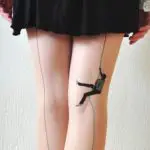




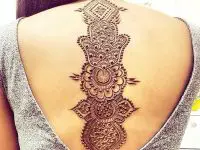
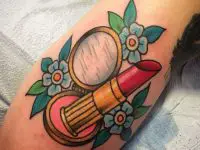


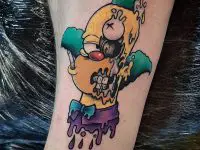
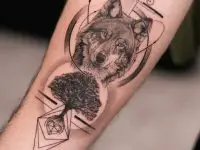



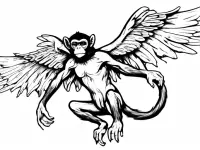
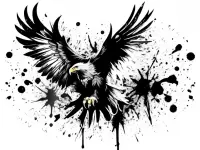
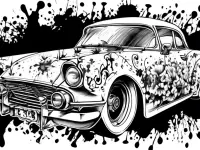
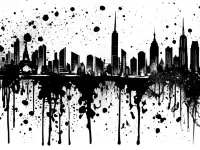
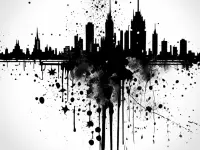
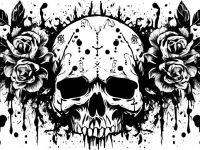
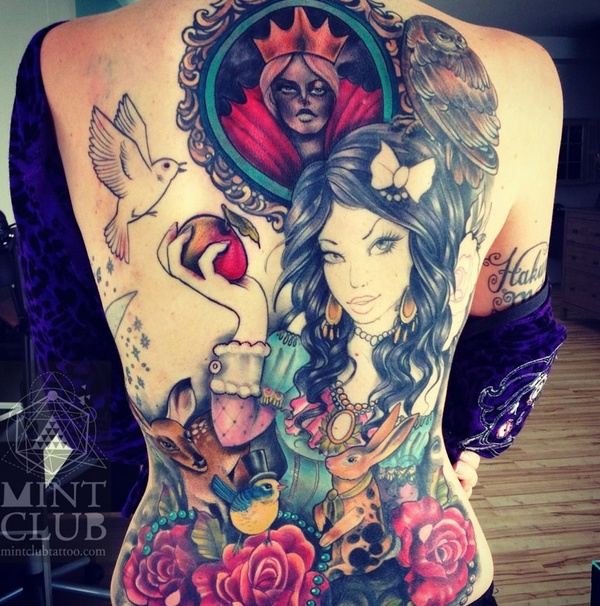
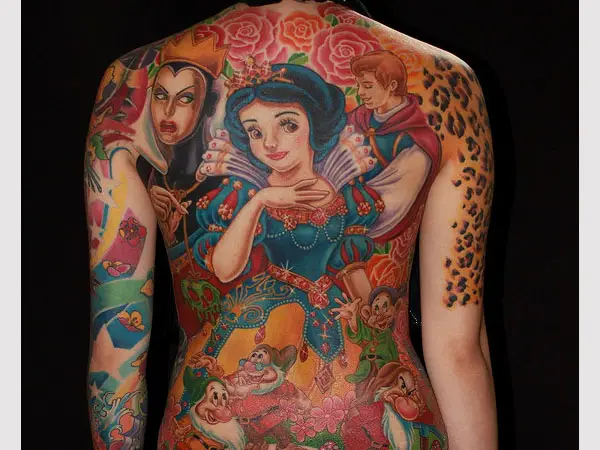
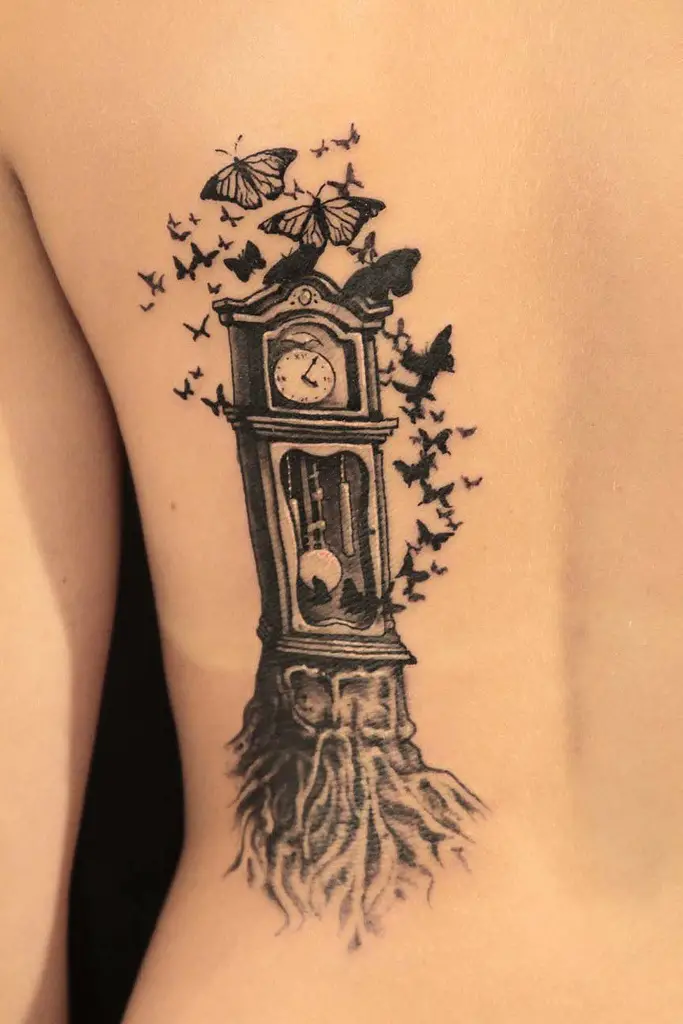
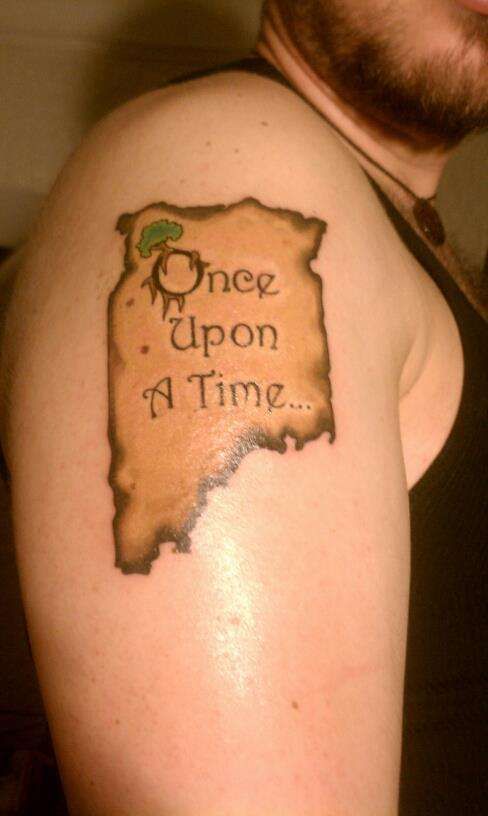
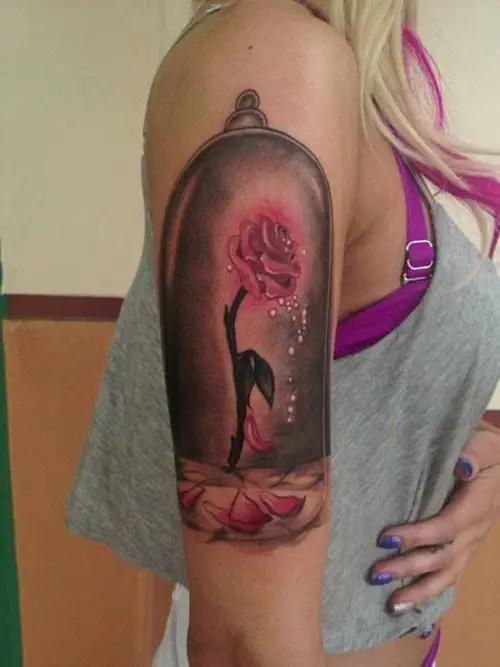
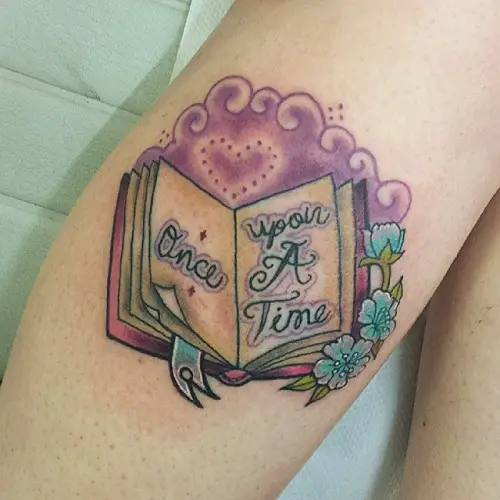
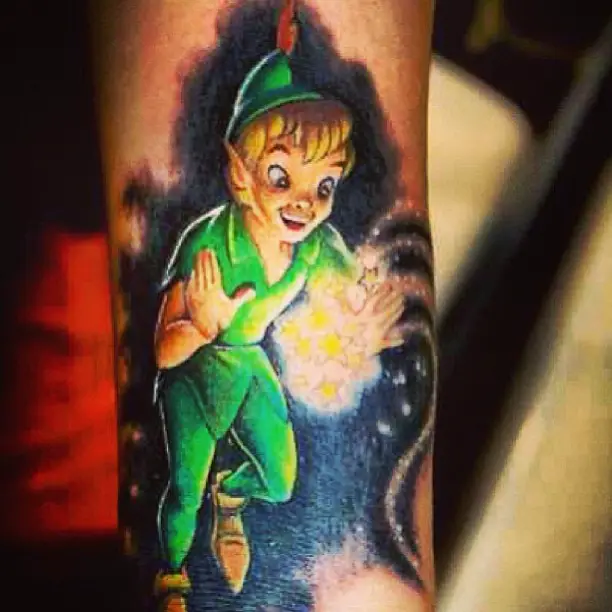
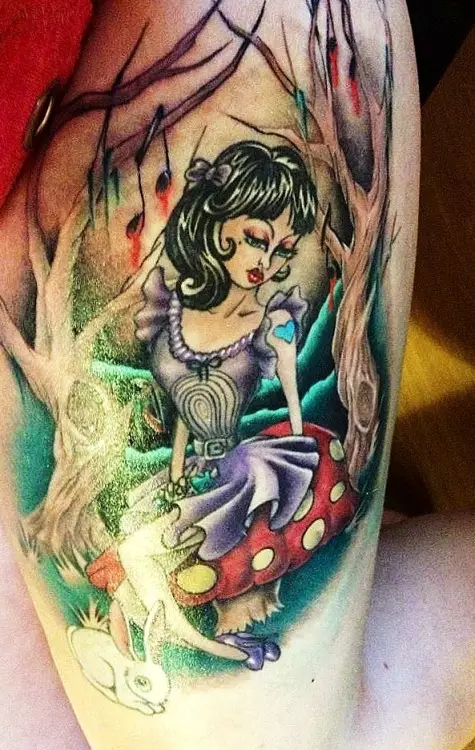
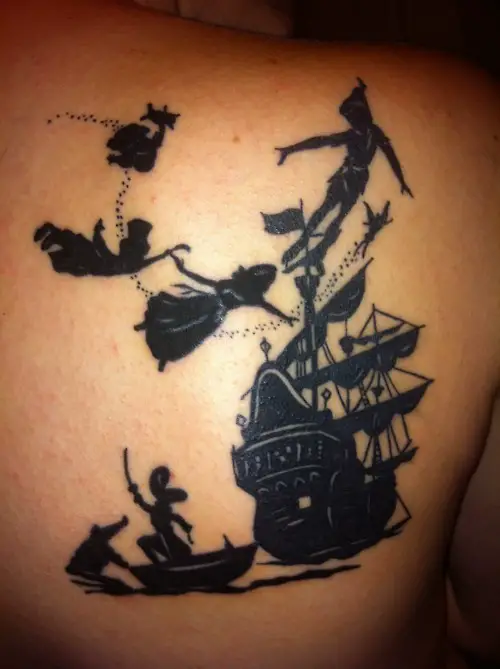
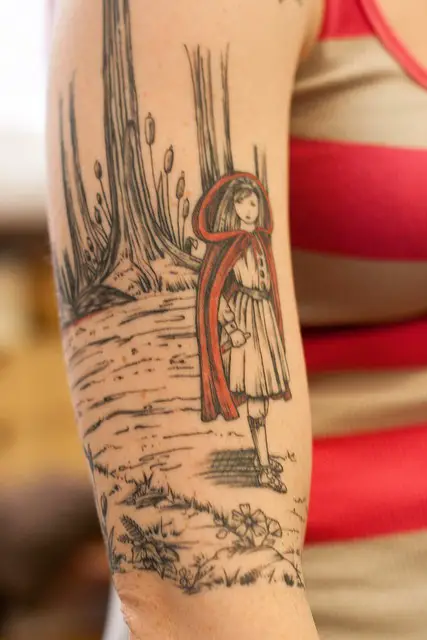
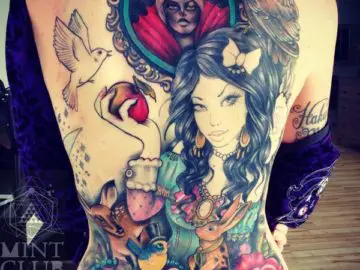
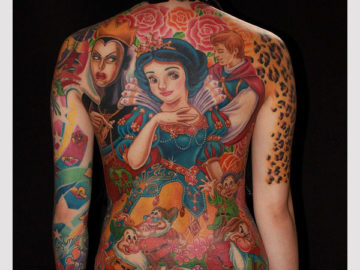
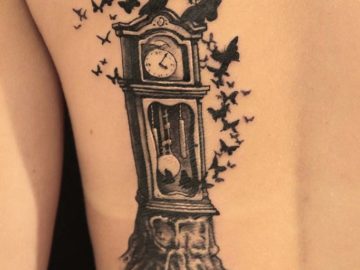
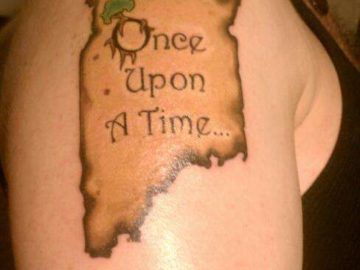
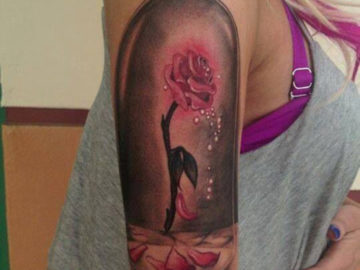
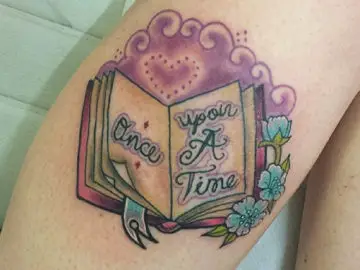
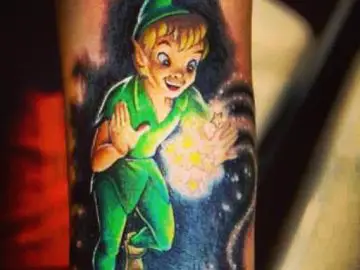
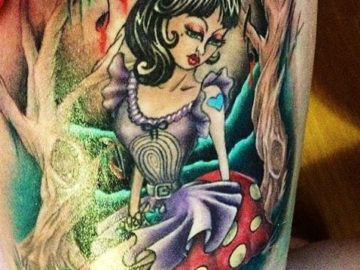
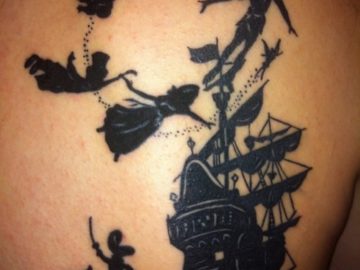
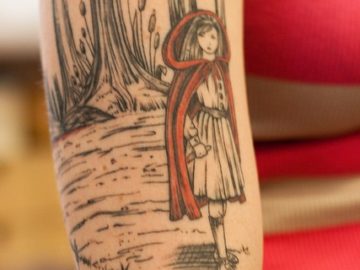
0 Comments